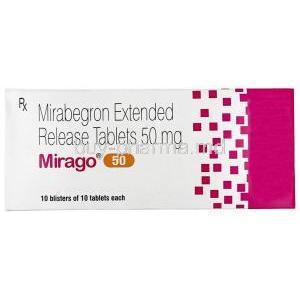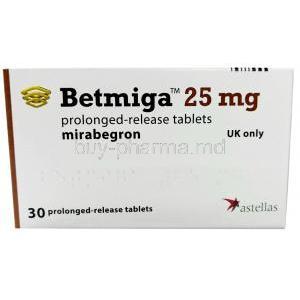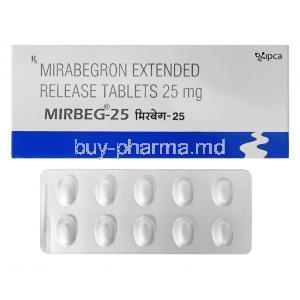Urotone, Bethanechol
- Introduction
- Composition
- How It Works
- Uses
- Off-Label Use
- Dosage and Administration
- Side Effects
- Common Side Effects
- Interaction
- Warning
- Contraindication
- Careful Administration
- Important Precautions
- Administration to Elderly
- Administration to Pregnant Women and Nursing Mothers
- Administration to Children
- Overdosage
- Storage
- Handling Precautions
Introduction
The world of medicine is filled with a range of treatments each tailored to target specific health issues effectively. Urotone, also known as Bethanechol shines bright as a ray of hope for individuals dealing with retention a condition that can greatly impact daily life.
This piece explores the origins, evolution, and importance of Urotone in practice offering a detailed look at its ingredients how it works, and its crucial role, in treating urinary problems.
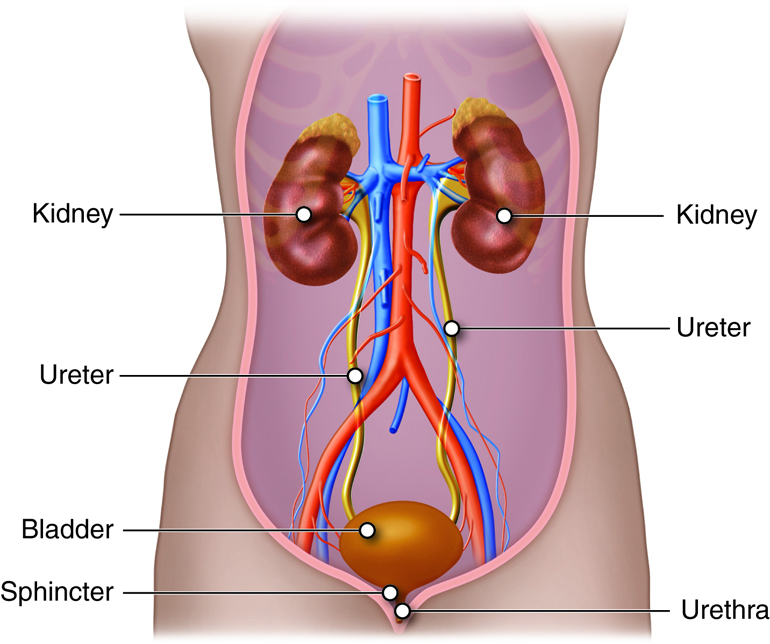
Urinary Structures
Overview of Urotone (Bethanechol)
Urotone, a cholinergic stimulant is designed to replicate the effects of acetylcholine, a crucial neurotransmitter that plays a significant role in regulating bladder function. Its main purpose is to improve symptoms of retention a common issue, after surgery or linked to different nerve disorders.
Historical context and development
Bethanechol was first created in the 1900s with the goal of finding treatments that could focus on the cholinergic system without causing harmful side effects like previous medications. This breakthrough in chemistry provided a safer option, for addressing urinary retention.
The significance of Urotone in treating urinary retention
The introduction of Urotone brought about a change, in how urinary retention is treated, offering a therapeutic solution that stimulates the contraction of the bladder detrusor muscle directly.
Its importance lies in its capacity to help patients regain bladder function when alternative treatments have proven unsuccessful or are not recommended.
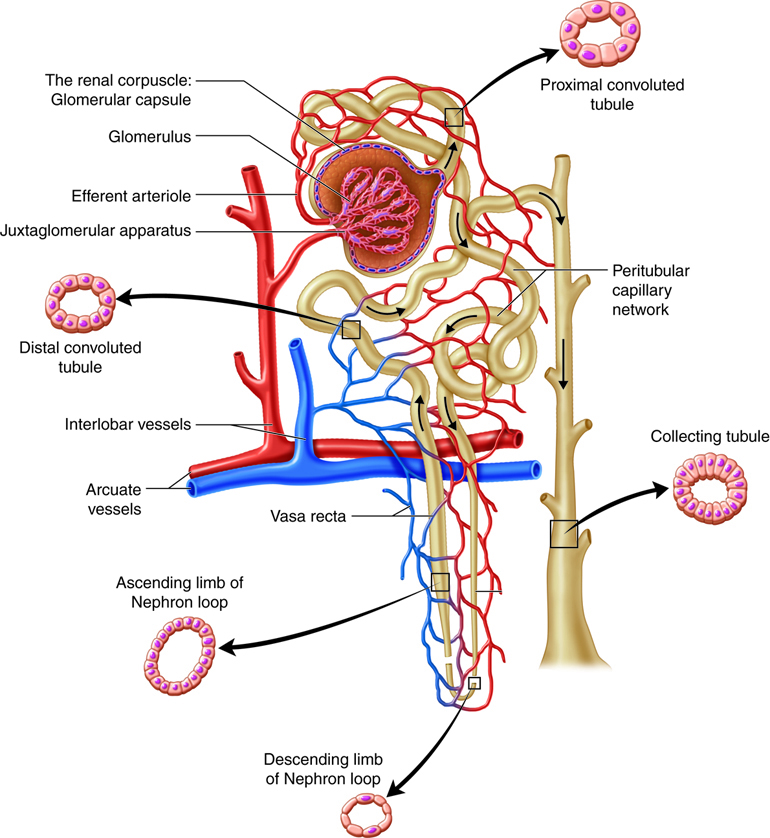
Bladder Function
Composition
Active ingredients in Urotone
Urotone contains Bethanechol chloride as its active component, which is designed to act on the muscarinic receptors, in the bladder to help with urination.
Pharmaceutical form and variants
Urotone comes in tablet form for administration and dosing adjustments based on medical requirements. Additionally, it is also offered as an injection for a faster impact, through a different delivery method.
Excipients and their roles
Urotone contains not only its primary ingredient but also additional substances that improve its stability how well the body absorbs it and how well patients can tolerate it.
Some of these ingredients are lactose monohydrate to help with solubility magnesium stearate to act as a lubricant and starch to bind everything together. These supporting elements are vital, for ensuring that the medication works effectively and safely.
How It Works
Pharmacodynamics of Bethanechol
Bethanechol works by stimulating the M3 subtype of receptors found on the bladders detrusor muscle triggering a sequence of cellular processes that lead to muscle contraction. This helps in emptying the bladder relieving symptoms associated with retention.
The cholinergic pathway and its role in bladder contraction
The cholinergic pathway plays a role in controlling bladder function. When Bethanechol activates receptors it increases the amount of calcium inside the smooth muscle cells of the bladder, which is necessary, for muscle contraction. This explains how Urotone helps improve retention.
Comparative analysis with other cholinergic agonists
Among the cholinergic agonists used in medical practice, Bethanechol stands out due to its unique affinity for bladder muscarinic receptors reducing the likelihood of widespread side effects.
When compared with options Bethanechol demonstrates a safer profile positioning it as the top selection, for individuals experiencing urinary retention.
Uses
Primary Indications for Urotone
This medication proves beneficial for both men and women experiencing this challenging situation providing some relief and enhancing their quality of life. It plays a role, in managing nonobstructive urinary retention effectively.
Urotone demonstrates effectiveness, especially in cases where urinary retention stems from surgical procedures, adverse effects of medications, or neurological issues.
1. NCBI - Bethanechol
Mechanism of Action in Treating Urinary Retention
Urotones way of working is really interesting and complex. It works by activating muscarinic receptors(1) in the urinary system specifically focusing on the detrusor muscle in the bladder.(2)
This activation sets off a series of reactions that cause the bladder muscle to contract helping to release urine.
The drug's ability to target receptors ensures that it acts precisely reducing the chances of any unwanted effects on the body, as a whole.
By imitating acetylcholine, a neurotransmitter Bethanechol boosts bladder contractions and brings back normal urination patterns.
1.NIH - Muscarinic receptors in the bladder: from basic research to therapeutics
2. PubMed - Muscarinic receptors of the urinary bladder: detrusor, urothelial and prejunctional
Benefits in Postoperative and Postpartum Non-Obstructive Urinary Retention
Urotones' usefulness goes beyond treating urinary retention in the usual way. It also helps patients dealing with obstructive urinary retention after surgery and childbirth.(1) This highlights how versatile Bethanechol is in tackling urinary issues.
- In the case of surgery, Urotone helps counteract the effects of anesthesia and opioids which can lead to retention.(2)
- For mothers, the post-birth period can be challenging with urinary retention caused by pelvic floor issues or nerve damage during delivery. Urotone provides a solution aiding in the return to normal bladder function.(3)
- Its ability to improve bladder contractions makes it a vital tool in managing these conditions emphasizing its importance, in urological treatments.
1. National Library of Medicine - Bethanechol
2. NIH - Opioid Anesthesia
3. PubMed Central - Postpartum urinary retention after vaginal delivery: Assessment of risk factors in a case-control study
Off-Label Use
Exploration of Non-FDA-Approved Uses
Although Urotone (Bethanechol) is primarily used to treat retention the medical field has shown great interest in exploring its off-label uses. This investigation into applications not approved by the FDA is not just by chance but is supported by a thorough examination of the drug's pharmacological properties and its potential benefits in treating a variety of conditions outside its usual scope.
These explorations stem from an interest in utilizing Urotones cholinergic mechanisms for situations where existing treatments are inadequate. Bethanechol's versatility, which stems from its effects on muscarinic receptors presents numerous potential therapeutic possibilities although there is a need for caution when considering its effectiveness and safety, in these new contexts.
Efficacy in Gastrointestinal Tract Disorders
The medical community is increasingly fascinated by the effectiveness of Urotone in treating issues. With its ability to promote smooth muscle contraction, Bethanechol is being considered as a treatment option for conditions marked by reduced gastrointestinal movement like gastroparesis.
- By activating receptors in the gut Urotone can aid in emptying the stomach and enhancing movement providing relief to patients.
- The drug's usefulness in these conditions highlights its versatility, across health issues showcasing the wider impact of its cholinergic properties.
Potential in Treating Neurogenic Bladder Disorders
The potential of Urotone in treating bladder issues signifies a new frontier in its off-label application. Neurogenic bladder problems involve disruptions in the communication pathways between the bladder and the nervous system often leading to retention or leakage
- . Bethanechol's ability to stimulate bladder muscle contractions offers hope for improving bladder control in affected individuals.
- This use is particularly promising when the condition arises from a lack of receptor activation demonstrating the drug's potential to address various bladder dysfunctions.
In essence, utilizing Urotone off-label for neurogenic bladder problems showcases its versatility beyond its approved uses. It paves the way for research and patient care enhancements underlining the importance of thorough clinical trials to verify these applications, for patient well-being and effectiveness.
Dosage and Administration
Recommended Dosage for Different Age Groups and Conditions
Administering Urotone, also known as Bethanechol requires an approach that takes into account the patient's age underlying health issues, and how they respond to treatment. In adults dealing with retention or similar problems, the initial dose usually falls between 10 to 50 mg taken three to four times a day.
- When it comes to children the dosage needs to be adjusted for safety and minimizing any negative effects.
- For elderly patients, a lower dose might be more suitable due to their higher risk of side effects and other health conditions.
- The treatment plan for individuals with gastrointestinal motility disorders follows a path, like that for urinary retention but is tailored according to the patient's tolerance levels and specific symptoms.
Administration Routes and Techniques
Bethanechol can be given by mouth or under the skin depending on the situation and how quickly it needs to take effect. Taking it by mouth is usual as it's convenient. Patients find it easy to comply. In urgent situations injecting it under the skin may be chosen, although technique and possible reactions, at the injection site need to be carefully thought about.
Adjustments in Dosage Based on Clinical Response
Adjusting the dosage is crucial to improve treatment results and reduce side effects. Its recommended to make changes based on how the patient responds and their ability to tolerate the medication. Keep an eye out for signs of overdose like increased salivation, sweating or slow heart rate. Taking an approach, to adjusting the dosage can improve how well the treatment works and ensure patient safety.
Side Effects
Overview of Common and Rare Side Effects
Although Urotone is known for being effective it does come with some downsides. People often mention experiencing stomach issues, heart-related responses, and muscle discomfort. In some cases, individuals might face more serious reactions, like difficulty breathing or seizures which require urgent medical care.
Managing Side Effects and Symptomatic Relief
Managing side effects effectively requires a strategy, which includes adjusting dosage providing relief for symptoms, and possibly stopping treatment in certain situations. Offering measures like staying hydrated for stomach discomfort or using beta blockers for rapid heart rate can help alleviate symptoms. Educating patients, about the side effects and the importance of seeking medical help when needed is essential.
Long-term Safety Profile
The overall safety record of Urotone over extended periods appears positive. It's crucial to stay alert for potential side effects, especially with prolonged usage. Routine check ups and keeping an eye on organ function tests can help prevent any reactions from worsening maintaining a careful equilibrium, between treatment effectiveness and patient health.
Common Side Effects
Gastrointestinal Disturbances
Frequent stomach-related issues like feeling sick throwing up and stomach pains often occur due to the impact on the system. Making changes, to your diet. Using anti-nausea medications can help reduce these symptoms making it easier for patients to tolerate the medication.
Cardiovascular Reactions
Reactions affecting the heart such as slowing heart rate, low blood pressure, and irregular heartbeats highlight the importance of medication use in patients with existing heart conditions. Keeping an eye on vital signs and making careful adjustments, to the dosage can help prevent serious heart-related issues.
Musculoskeletal Complaints
Less frequent are issues related to the system, which might show up as muscle cramps or weakness. Adjusting the dosage or stopping the treatment usually helps these symptoms go away underscoring the need, for patient care.
Interaction
Drug-drug Interactions and Their Clinical Implications
The journey of Urotone (Bethanechol) as it moves through the body can encounter challenges especially when other medications come into play. Mixing drugs can change how well Urotone works, leading to either effective results or worsening side effects. It's important to note that anticholinergic agents can cancel out bethanechol effects while certain phosphodiesterase inhibitors might boost its impact potentially causing much cholinergic stimulation.
Using cholinergic drugs alongside Bethanechol could heighten muscarinic responses requiring careful monitoring for signs of cholinergic overdose. When combined with anticholinesterases commonly used in conditions like myasthenia gravis Bethanechols effects may be intensified, prompting an evaluation of risks, versus benefits.
Impact on Absorption, Metabolism, and Excretion
The way Urotone is absorbed, processed and removed from the body can be changed by taking medications at the same time which can affect how it works in the body. Medications that impact how the stomach and intestines move can change how Bethanechol is absorbed while those that affect kidney or liver function may influence how it is processed and removed from the body. Knowing about these interactions is crucial, for improving treatment results and reducing side effects.
Avoiding Potential Interaction Risks
Before starting Urotone treatment it is crucial for healthcare providers to carefully review all medications to prevent drug interactions. In cases where multiple medications are involved dosage adjustments or alternative treatments may be necessary. Educating patients about the signs of interactions and the importance of informing their healthcare provider about any medications is essential.
Warning
Identifying High-risk Patients
To determine which patients may experience effects from Urotone, a comprehensive medical assessment is essential. People with conditions, like asthma, coronary artery disease, peptic ulcer disease or a prior bladder obstruction history have an increased risk level. Need careful evaluation before receiving Bethanechol.
Circumstances Under Which Urotone Should Be Used with Caution
It's important to be cautious when using Urotone in situations, especially in patients with significant bradycardia, low blood pressure, or a history of urinary tract infections. In these cases, it's crucial to weigh the potential benefits of Bethanechol against the risks and consider alternative treatment options when necessary.
- For patients with a seizure history, it's important to take into account the potential of Bethanechol to reduce the seizure threshold.
- When it comes to pregnancy or breastfeeding using Urotone should be approached carefully due to information on its safety, for these specific populations.
Signs of Overdose and Immediate Actions
Symptoms of taking too much Urotone can manifest as excessive drooling, sweating, a slow heart rate, and low blood pressure. If an overdose occurs, seeking medical help is crucial. The treatment mainly involves providing care to address the symptoms, which may involve giving atropine, a medication that blocks the effects of excess cholinergic activity to combat severe reactions.
Contraindication
Absolute Contraindications for Using Urotone
Avoid using Urotone if the patient is allergic to Bethanechol or has blockages, in the intestines or urinary tract as it could make their condition worse and cause complications.
Relative Contraindications and Risk Assessment
In situations, like bladder neck obstruction, peptic ulcer disease, and asthma it's crucial to conduct a risk assessment to decide if Urotone therapy is suitable. It's important to think about other treatment options or possibly adding extra monitoring.

Peptic ulcer disease
Pre-existing Conditions That Warrant Avoidance
Conditions that already exist, like a heart attack, overactive thyroid, and seizures might make it necessary to avoid using Urotone as it could make these conditions worse. It's important to look into the patient's medical background and current health to make the right treatment choices and make sure that the benefits of using Bethanechol are greater than any potential risks.
Careful Administration
Guidelines for Administration in Sensitive Populations
Administering Urotone (Bethanechol) requires an approach especially when dealing with specific groups like children, the elderly, and individuals with existing health conditions. It's important to customize treatment plans to suit the physiological and pharmacokinetic characteristics of these populations to ensure effectiveness and safety.
For example, pediatric doses should be accurately adjusted based on weight while older patients might need doses due to potential kidney or liver function decline. Starting treatment at the feasible dose and gradually adjusting it based on how well it works and how well it's tolerated is crucial. It's also essential to assess concurrent medications to prevent any interactions, between drugs.
Monitoring and Adjusting Treatment Protocols
It's crucial to monitor the use of Urotone to make sure treatment plans can be adjusted promptly for the best possible results. This involves checking how well symptoms are managed any side effects experienced and the overall well-being of the patient. Changes might involve adjusting the dosage changing how often it is taken or in situations stopping the treatment altogether.
Special Considerations for Renal and Hepatic Impairments
Patients with issues, in their kidneys or liver require attention because the way their bodies process and get rid of drugs can be different. When this happens it's important to adjust the dosage to avoid buildup and reduce the chances of effects. Keeping track of liver and kidney function through tests can help determine the right dosage changes and maintain safety during treatment.
Important Precautions
Safety Measures to Prevent Adverse Effects
To reduce the chances of outcomes linked to Urotone it is crucial to prioritize safety measures. This involves evaluating patients before starting treatment closely observing for any adverse reactions and educating patients about possible side effects as well, as well as the significance of following prescribed treatment plans diligently.
Instructions for Patients and Caregivers
Patients and their caregivers should receive guidance on how to properly use Urotone, including the significance of following the medication instructions, possible side effects, and the importance of attending regular follow-up appointments. Stressing the importance of reporting any negative reactions or changes, in health conditions can improve patient safety and treatment effectiveness.
Precautionary Measures During Treatment Course
It is important to take precautions like not driving or using heavy machinery if you experience dizziness or blurred vision. Patients should also be warned against stopping the medication without talking to their healthcare provider as this could lead to worsening symptoms.
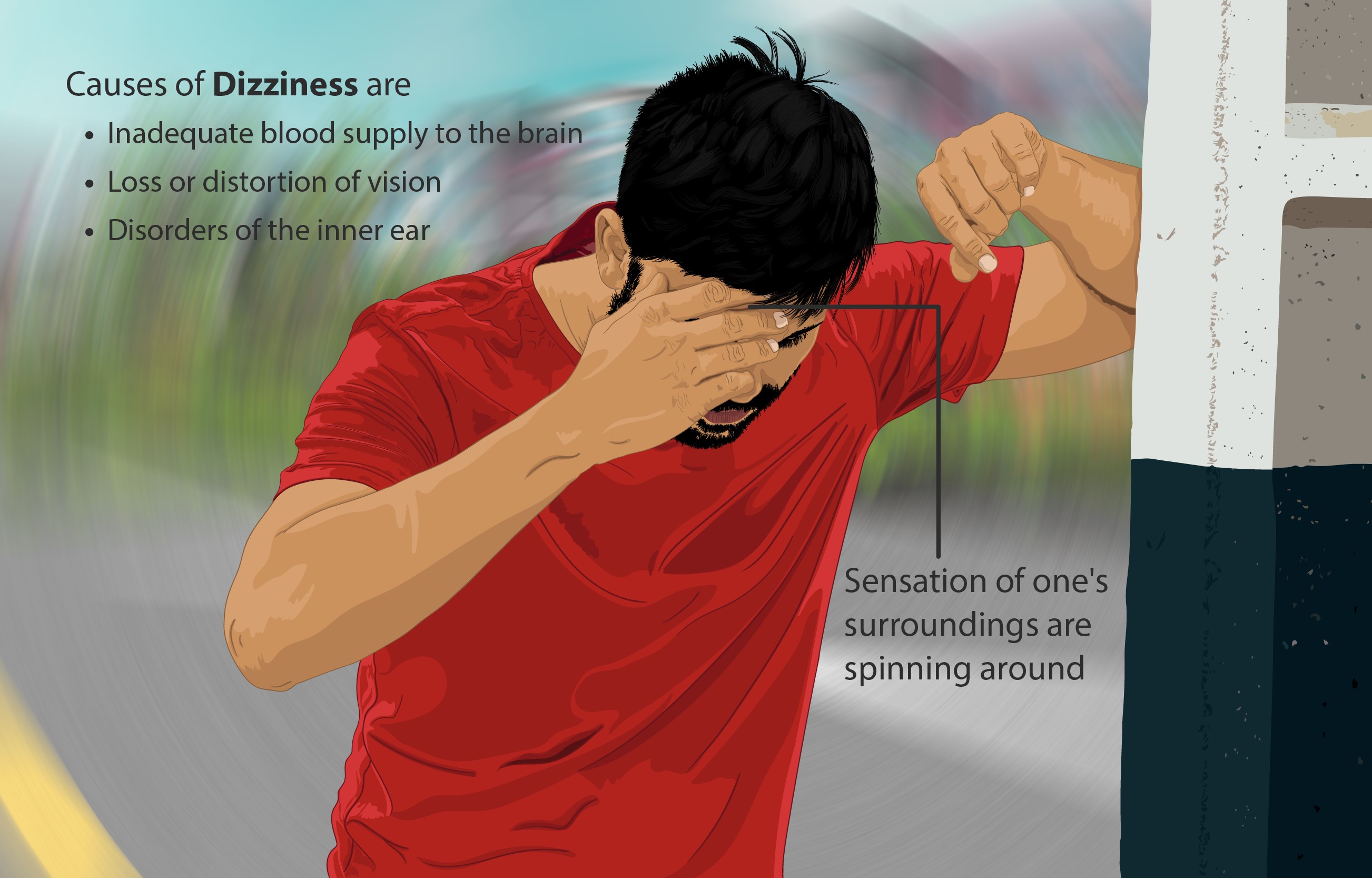
Dizziness
Administration to Elderly
Adjusting Dosage for Age-Related Physiological Changes
When giving Urotone to individuals it's important to consider the natural changes in their bodies due, to aging that can impact how drugs work. Since older people may have reduced kidney and liver function it might be necessary to start with doses and carefully adjust them to get the right treatment benefits while avoiding possible side effects.
Monitoring for Side Effects and Interactions
Senior individuals face a chance of experiencing adverse reactions and potential conflicts between medications because of the common practice of taking multiple drugs and the natural changes in how their bodies process medications as they age. It is crucial to observe for any indications of harmful effects, interactions, and how well the patient is handling the treatment, in this group making adjustments when needed to guarantee that Urotone is used safely and efficiently.
Efficacy and Safety in the Elderly Population
When it comes to using Urotone for conditions like retention in older individuals it's crucial to carefully assess its safety. Finding the balance between effectiveness and safety requires personalized treatment strategies, consistent monitoring and transparent communication, among healthcare professionals, patients and caregivers.
Administration to Pregnant Women and Nursing Mothers
Safety Profile During Pregnancy and Lactation
The use of Urotone (Bethanechol) during pregnancy and breastfeeding is approached with caution due to research on its safety in these situations. While Bethanechol is not believed to cause birth defects it should only be used during pregnancy if the benefits outweigh the risks to the baby. \
When considering using Urotone while breastfeeding it's important to think about how the drug passes into breast milk and its potential impact on the nursing infant. Understanding Urotone's effects on body processes and its ability to cross the placenta is crucial. Healthcare providers need to evaluate risks, versus benefits based on individual circumstances and available treatment options.
Potential Effects on Fetal Development and Breastfed Infants
While there isn't proof it's important to consider the possible impact of Urotone on fetal development and breastfeeding infants. Therefore healthcare providers should be cautious keeping an eye on any negative effects, in pregnant women and nursing mothers receiving treatment.
Alternative Treatments and Risk-Benefit Analysis
Considering the unknowns related to using Urotone during pregnancy and breastfeeding it is recommended to investigate treatment options that have a well-documented safety record in these groups. Evaluating the pros and cons should be tailored to each individual taking into account the importance of addressing issues such as retention while considering any potential harm, to the unborn child or nursing infant.
Administration to Children
Age-Specific Dosages and Administration Guidelines
When treating patients with Urotone it's crucial to tailor the medication to each child adjusting doses carefully based on their age, weight, and how severe their symptoms are. The use of Bethanechol in children hasn't been thoroughly proven for safety and effectiveness so it's important to proceed with caution and keep an eye on its effects.
- Starting with the dose possible and gradually adjusting it according to how the child responds and their tolerance level is key.
- It's essential to conduct an assessment and monitor closely for any signs of negative reactions or changes, in effectiveness.
Safety and Efficacy in Pediatric Patients
There hasn't been thorough research done on the safety and effectiveness of Urotone in children so it's important to take a cautious approach when using it as a treatment. If there's a need, for Bethanechol treatment closely monitoring both the positive effects and any potential negative impacts is essential.
Long-term Implications of Use in Children
The lasting effects of giving Urotone to kids are still being studied. Medical professionals need to think about how Bethanechol could affect growth, development, and maturity making sure that the advantages of treatment outweigh any downsides.
Overdosage
Symptoms and Signs of Bethanechol Overdose
An overdose of Bethanechol can result in a range of symptoms linked to much cholinergic activity. These could involve stomach pains, diarrhea, excessive saliva, sweating, slow heart rate, and low blood pressure. It's crucial to identify these signs for immediate treatment.
Immediate Management and Antidotes
In case someone takes much Bethanechol it's important to get medical help right away. Giving atropine, a medication that blocks receptors in the body can help reverse the effects of Bethanechol. Providing care such as treating low blood pressure and slow heart rate is also crucial, for proper treatment.
Preventive Strategies and Emergency Care
To prevent an overdose of Bethanechol it is essential to follow the doses carefully adjust them cautiously and educate patients thoroughly about the importance of adhering to treatment guidelines. Healthcare professionals must make sure that patients and their caregivers are educated about the signs of an overdose and the need for medical attention, in such situations.
Storage
Optimal Storage Conditions to Ensure Drug Stability
To maintain the effectiveness and stability of Urotone (Bethanechol) it is important to store it. The medicine should be kept at room temperature between 20°C to 25°C (68°F to 77°F) away from direct sunlight, moisture and heat sources.
- These storage conditions are crucial for preserving the chemical composition and therapeutic benefits of Bethanechol preventing deterioration.
- Avoid storing it in places with varying temperatures, like bathrooms or kitchens. Remember to store the medication in its container and keep it tightly closed when not in use.
Shelf Life and Expiration Considerations
Ensuring the safety and effectiveness of Urotone involves monitoring its shelf life. It's important for patients to regularly inspect the expiration date, on the medication packaging and avoid using it after this date. Expired medications can lose their potency. Even pose risks, which could affect the success of treatment.
Disposal of Unused or Expired Medication
It's really important to dispose of any leftover or expired Urotone properly to avoid ingestion and harm to the environment. It's an idea for patients to return any expired or unneeded medication to pharmacy take back programs or follow local guidelines, for safe disposal. This might involve mixing the medication with something and then putting it in a sealed container before throwing it away.
Handling Precautions
Safe Handling Practices for Healthcare Providers
Healthcare professionals should follow safety measures when giving Urotone to reduce the chances of exposure. Using gloves. Avoiding direct skin contact with the medication can help prevent absorption and potential side effects. It is crucial to ensure that only those prescribed the medication have access, to it to avoid misuse.
Measures to Prevent Accidental Exposure or Ingestion
To avoid contact or consumption it's crucial to keep Urotone in a place that children and pets can't access. Both healthcare professionals and patients should be careful in storing the medicine to prevent any mishaps that could cause harm. It's essential to educate patients and caregivers, about the significance of keeping the medication in a child container. Make sure to have labels and usage instructions to reduce confusion and lower the chances of incorrect administration.
Guidelines for Proper Disposal
Appropriate disposal of Urotone is crucial to prevent harm to the environment and minimize exposure. It's important for healthcare professionals to give patients instructions on how to dispose of any unused or expired medication recommending the use of pharmacy take back programs as the best option. If these programs aren't accessible following disposal regulations is key, to ensuring that the medication doesn't endanger people or the surroundings.











